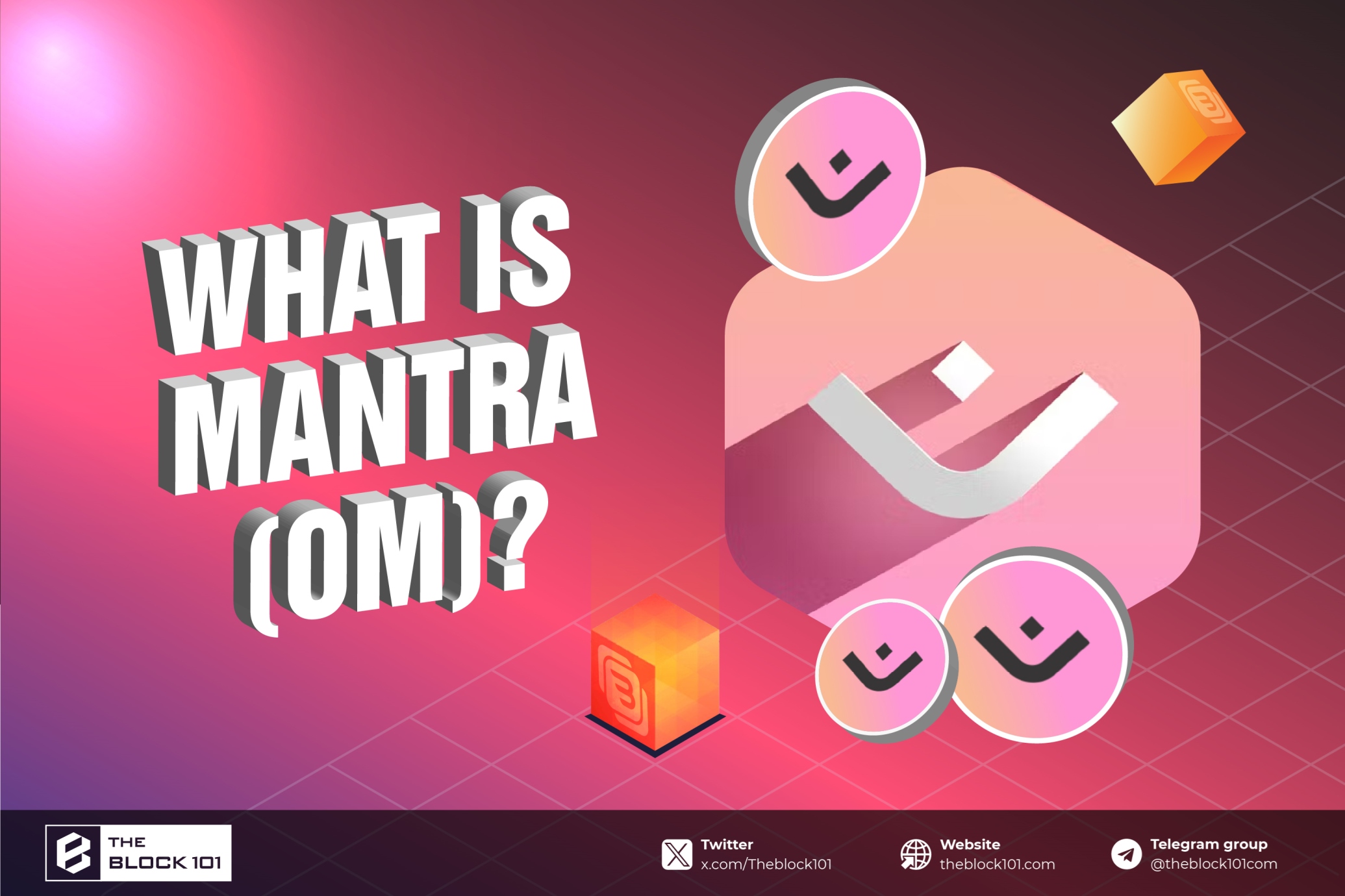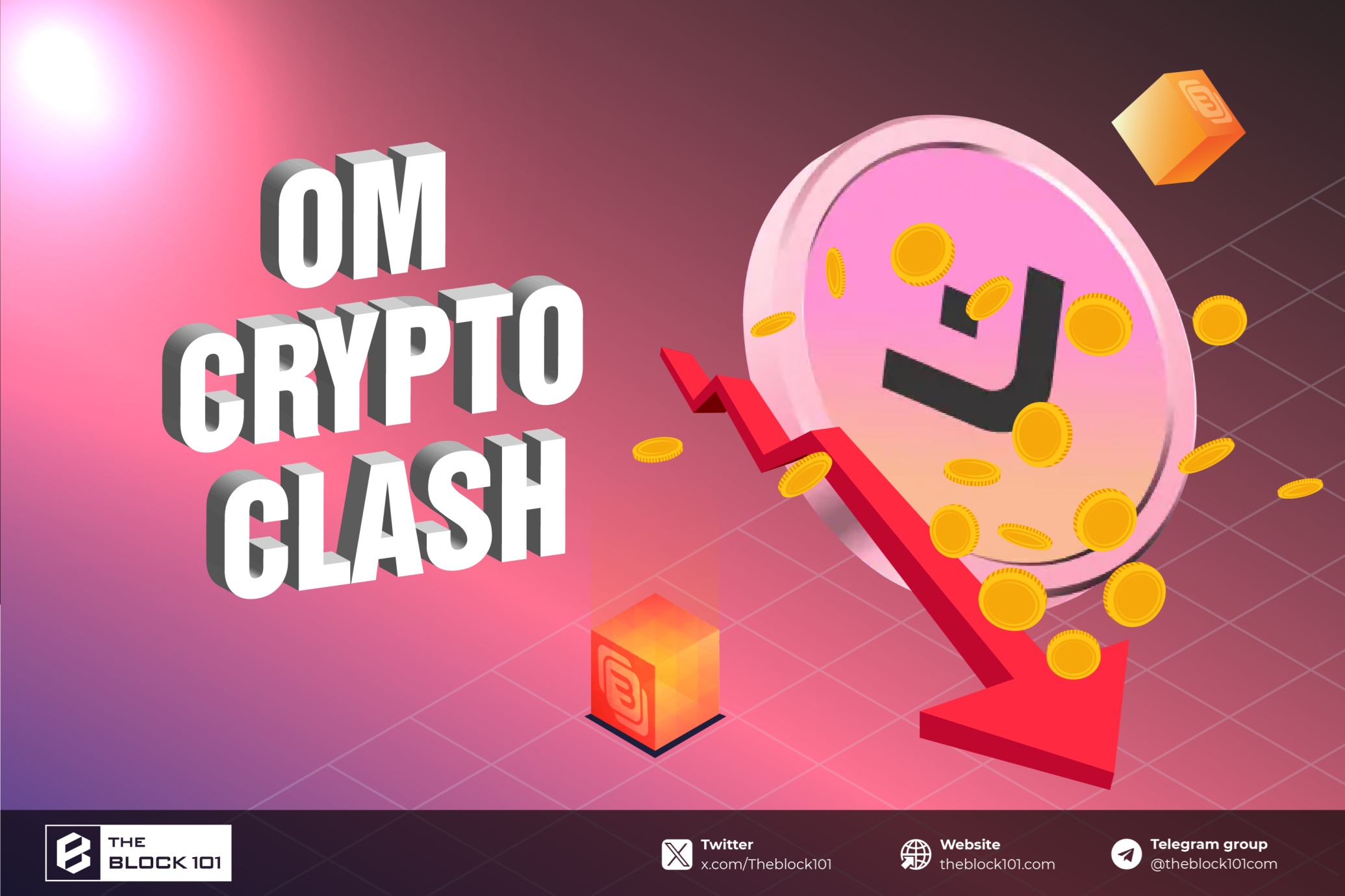1. Eigenlayer
EigenLayer is the first platform to introduce the Restaking mechanism, allowing users to reapply ETH on the consensus layer for heightened protocol security.
In simpler terms, EigenLayer allows users to continue Staking ETH or other LST assets from LSD platforms on its own platform to earn additional rewards.
Restaking in EigenLayer brings several advantages, particularly for stakeholders who can receive doubled yields by initially Staking ETH and then using LST to continue staking within EigenLayer. However, the liquidity limitations of Restaked ETH on EigenLayer have led to the emergence of a new concept: Liquid Restaking Tokens (LRT).
Some current Liquid Restaking protocols permit users depositing ETH or LST to receive Liquid Restaking Tokens (LRT) while still earning EigenLayer Points. These points are a potential type that will receive airdrops from EigenLayer in the future. The introduction of LRT provides liquidity and enhances capital efficiency for participants in the Restaking process on EigenLayer, offering a flexible and convenient approach to managing previously locked assets within the EigenLayer ecosystem.
2. Profit Optimization Strategies and Multi-Project Airdrop Reception
2.1 Kelp DAO
Kelp DAO is a Liquid Restaking project developed by the Stader Labs team, currently having attracted over 170 million USD in funding.
Users can stake their LST to receive rsETH - a Liquid Restaking token within Kelp DAO. Users also have the opportunity to earn Kelp Miles (a point system exchangeable for tokens during the project Token Generation Event) along with Eigenlayer Points.
However, the Eigenlayer pool is currently temporarily closed. Participants in Kelp DAO can only receive Kelp Miles at present and will commence earning Eigenlayer Points starting on January 29th.
.png)
2.2 Renzo Protocol
Renzo Protocol, akin to Kelp DAO, operates as a Liquid Restaking protocol within the Eigenlayer ecosystem. To simplify its functioning, when users engage in staking ETH within Renzo, they acquire a Liquid Restaking Token (LRT) known as ezETH. This token enables users to participate in various DeFi activities while concurrently earning Renzo Points and Eigenlayer Points. These points are of two distinct types and can be exchanged for tokens during the Token Generation Event.
Users have the ability to stake in the protocol, leading to the acquisition of ezETH with Renzo. Each ezETH token provides users with 1 Renzo Point and 1 Eigenlayer Point per hour. It's noteworthy that Renzo stands out as a Native liquid restaking project, contributing ETH to the Beacon Chain at Eigenlayer. This particular pool at Eigenlayer is unlimited, allowing users the flexibility to earn Eigenlayer Points at any given time.
.png)
2.3 Ether.fi
Ether.fi stands out as the sole protocol among its peers with a Liquid Restaking Token (LRT) that is actively utilized in DeFi applications.
Users automatically receive rewards by simply minting eETH and engaging in various DeFi activities:
-
Profit from staked ETH.
-
Ether.fi Points - a quantity of points for converting to Ether.fi tokens during the token generation event (TGE) scheduled for April 2024.
-
Eigenlayer Points.
-
Profit from DeFi strategies.
One of Ether.fi's most enticing DeFi strategies involves collaboration with Pendle:
-
PT offers fixed profits for users staking eETH in Pendle. The current interest rate is nearly 25%, with a lock-up period until the end of June 2024. However, users won't receive points with the PT strategy.
.png)
-
Liquidity Provision (LP) involves supplying liquidity with a single token, which helps avoid Impairment Loss and minimizes exposure. Users contributing liquidity with eETH receive Eigenlayer points and double the Ether.fi points, enhancing their engagement and rewards within the system. This strategic approach aims to optimize liquidity provision while maximizing points and benefits for users participating in Eigenlayer and Ether.fi ecosystems.
.png)
-
The Yield Token (YT) pool stands out as a unique and enticing offering within Pendle, particularly in collaboration with Ether.fi. It serves as a leveraged approach for users to participate in Airdrop farming, especially for both Eigenlayer and Ether.fi projects simultaneously.
The exchange rate currently from 1 eETH to YT eETH is 10.73. This implies that by utilizing 1 eETH, users can earn profits and points equivalent to 10.73 eETH when acquiring YT eETH.
Holding YT eETH provides users with the following benefits:
-
Profit from staked ETH in Ether.fi.
-
Points from Eigenlayer.
-
Points from Ether.fi.
This strategic approach allows users to optimize their returns and engagement in Airdrop programs from both Eigenlayer and Ether.fi concurrently.
.png)
Ether.fi has announced its upcoming token launch in April 2024. Users can leverage up to a 10x multiplier to farm points and increase their chances of receiving airdrops from both projects with YT eETH.
A critical question to consider is whether the accumulated airdrops and staking profits outweigh the expenses incurred (1 ETH in this case). Evaluating the value of eETH goes beyond simply looking at Long Yield APY. A detailed assessment should consider information about airdrops, staking profits, and the values of EigenLayer and Ether.fi points.
From the author's perspective, providing liquidity (LP) on Ether.fi appears to offer a favorable and secure profit margin. However, readers should reassess their risk appetite to choose the most optimal strategy for themselves.
Here is a concise summary of the three strategies with an illustrative diagram:
Strategy 1 with Kelp DAO:
Strategy 2 with Renzo Protocol:
Strategy 3 with Ether.fi x Pendle:
3. Conclusion
Ether.fi currently outperforms Kelp DAO and Renzo Protocol as a Liquid Restaking Token (LRT) with widespread integration in top DeFi protocols. Users leverage a 10x multiplier from YT eETH, efficiently farming airdrops despite inherent risks. These strategies enable users to maximize their ETH holdings. Choose a strategy wisely based on individual risk preferences.
Read more:

 English
English Tiếng Việt
Tiếng Việt



.jpg)


.jpg)

.jpg)







